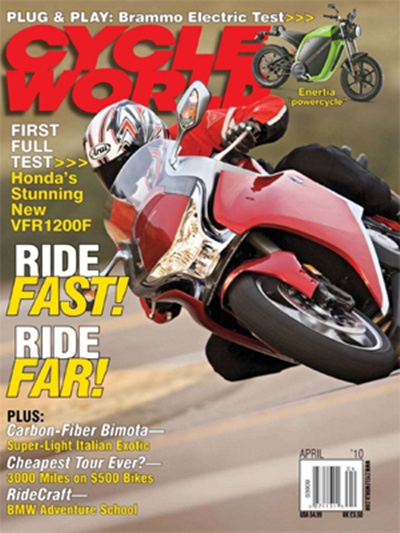How Do Electric Motorcycle Batteries Work?
Kevin Cameron has been teaching the motorcycle enthusiast community the technical aspects of internal combustion two wheelers on the pages of Cycle World as long as I can remember. I’m not sure how long he toils over what would take me months to write but the finish piece is always an easy to follow explanation of how complex technical systems work.
Now that electric is on the radar of most print publications Kevin is digging into the workings of electric drive and has the following to say about the task:
It seems unfair to have to learn all this new stuff after working hard to master internal combustion jargon, but life is change. Get used to it!
All the hard work is paying off for readers. Cameron has a great write up on how LiFePO4 batteries work on page 46 of the April 2010 issue.
In particular, Cameron’s description of the “discharge rate” of LiFePO4 batteries was great. He describes it as a product of how fast Lithium ions can wiggle out of the cathode, through the electrolyte and into the anode. This movement of Lithium ions forces the electrons to move in the opposite direction which generates electricity. The volume of lithium ions able to move in a given period dictates how fast a battery can charge or discharge.
Cameron also mentioned some interesting ways to break in LiFePO4 batteries saying:
a 20-cycle break-in use, discharged no deeper than one-third charge, boosts reliability
This thought even got some of the folks that use the batteries every day talking about the theory.
Check out page 46 of the April (latest) Cycle World and check out the online. They have a great diagram of how a LiFePO4 battery works to help concepts sink in. They also have a review of the Brammo Enertia complete with dyno runs.
In: tech · Tagged with: batteries, Cycle World, how ev batteries work, Kevin Cameron, LiFePO4, print, tech






